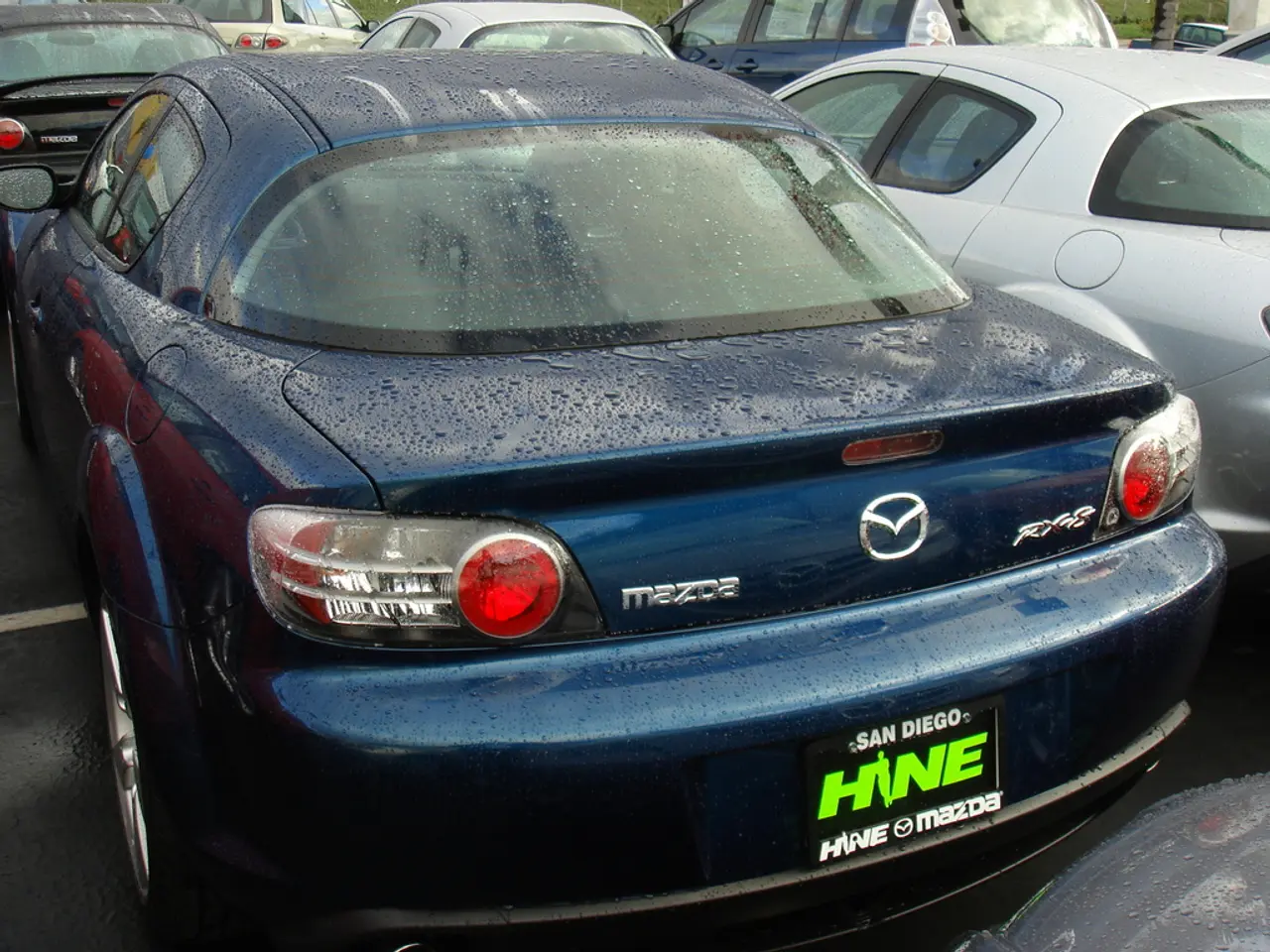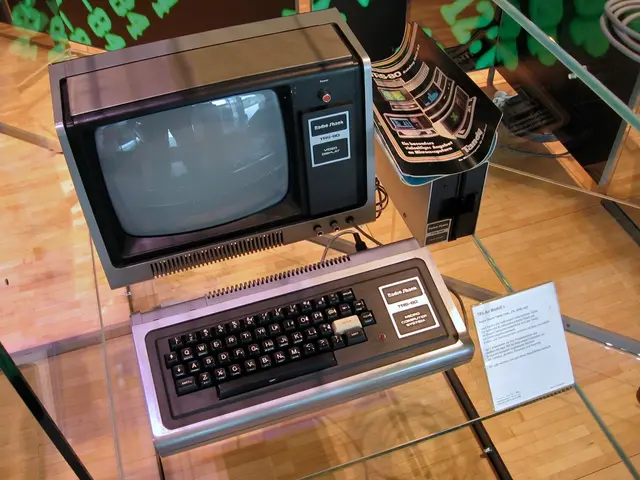Cookies employed by Autovista24 for enhancing user experience
Latest Developments in Autonomous Technology, AI Applications, and the Electric Vehicle Market
As we move into mid-2025, the world of autonomous technology, AI applications, and the electric vehicle (EV) market is witnessing a flurry of activity from tech companies and vehicle manufacturers. Here's a roundup of the latest developments:
Autonomous Technology
Progress in autonomous driving technology is gaining momentum. Toyota and Waymo are collaborating to install advanced self-driving tech in Toyota’s personally owned vehicles. Tesla plans to launch a robotaxi service in Austin, Texas, in June 2025, with intentions to expand to many US cities by year-end. Hyundai is accelerating development of Level 2+ autonomous driving systems, while Rivian has rolled out hands-free driving features. General Motors and Nvidia are collaborating to build next-generation vehicles on Nvidia’s Drive AGX AI platform.
In the international arena, Baidu's Apollo Go has begun launching fully autonomous robotaxi fleets, with plans to scale from 100 vehicles in 2025 to over 1,000 by 2028. Lucid, Nuro, and Uber have announced a next-generation premium robotaxi program, aiming to deploy 20,000+ Lucid vehicles with Level 4 autonomy on Uber’s platform globally over six years.
The US autonomous MaaS (Mobility-as-a-Service) and TaaS (Transportation-as-a-Service) markets lag behind China in scale, but companies like Waymo are making strides, reporting over 100 million autonomous miles.
On the industrial front, Siemens has advanced AI and robotics with its new Safe Velocity software for Automated Guided Vehicles (AGVs), enhancing autonomous production.
AI Applications
AI is increasingly integrated into autonomous vehicle platforms and factory automation. Nvidia’s Drive AGX platform, used by GM and others, leverages AI for next-gen vehicle autonomy and manufacturing automation. Siemens’ introduction of AI-driven safety and vehicle speed management in industrial AGVs exemplifies AI's expanding role beyond consumer vehicles into manufacturing environments.
The collaboration between Lucid, Nuro, and Uber combines sophisticated AI autonomy systems (Nuro Driver™ Level 4) with vehicle control and platform fleet management, aiming for scalable, safe robotaxi operations.
Electric Vehicle (EV) Market
Although specific EV market sales or new model launches are not detailed explicitly, the EV sector remains closely tied to autonomous systems. Companies like Lucid are integrating EV technology in their robotaxi fleet plans. Automakers such as Toyota, Hyundai, Tesla, Rivian, and GM are integrating autonomous features that also support EV platforms.
Uber’s multi-year robotaxi deployment plans with Lucid involve primarily electric vehicles, suggesting a significant push towards electric robotaxi fleets in urban markets worldwide. Mercedes-Benz has confirmed the deployment of AI features at its Berlin-Marienfelde site, including humanoid robots, advanced chatbots, and virtual assistants. The site will also soon produce high-performance electric axial-flux motors.
Mazda has announced a 'lean asset strategy' for electrification, focusing on collaboration, efficient development, and manufacturing methods rather than investing heavily in batteries, production, and EV development. Aito has unveiled revised versions of its M5 and M9 models, while Xpeng has launched the latest editions of its G6 and G9 electric SUVs.
BYD is planning to enter the UK’s small and affordable EV segment with the BYD Dolphin Surf, expected to cost below £20,000. BYD has also made the Atto 2 available in Germany. Renault has unveiled the new Renault Espace, a full hybrid vehicle.
Nvidia has announced the launch of an open-source data set to help developers with physical AI projects, focusing on autonomous vehicles. The new BYD Han L sedan and Tang L SUV will be the first models fitted with the technology. Foxconn and Mitsubishi are reportedly close to an EV production deal, with an announcement expected in the coming weeks.
BYD has unveiled a new EV technology called 'Super e-Platform', capable of charging at speeds of 1000kW, delivering 400km of range after five minutes of charge. However, the company is currently under investigation by the European Commission for potential unfair subsidies for its EV plant in Hungary.
In the UK, Europcar Mobility Group UK aims to bring electric vehicle price parity to its rental offering, with business customers able to rent EVs for the same price as internal-combustion engine counterparts starting from April.
References: [1] TechCrunch [2] Reuters [3] Bloomberg [4] CNBC [5] Siemens Press
- Toyota's collaboration with Waymo involves installing advanced self-driving technology in personally owned vehicles, demonstrating the integration of AI and automotive industry in autonomous driving.
- In the EV market, Uber's multi-year robotaxi deployment plans with Lucid mainly involve electric vehicles, indicating a significant push towards electric robotaxi fleets in urban markets worldwide.
- Nvidia's Drive AGX platform, used by General Motors and others, leverages AI for next-gen vehicle autonomy and manufacturing automation, bridging the gap between transportation and technology.
- BYD's new Super e-Platform technology promises charging speeds of 1000kW, potentially revolutionizing the electric vehicle sector and lifestyle by reducing charging times significantly. However, BYD faces scrutiny by the European Commission for potential unfair subsidies.




